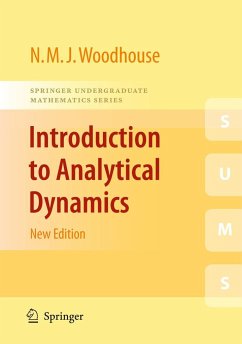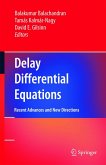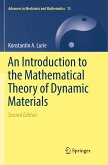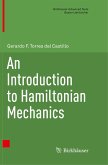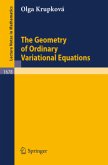First published in 1987, this text offers concise but clear explanations and derivations to give readers a confident grasp of the chain of argument that leads from Newton's laws through Lagrange's equations and Hamilton's principle, to Hamilton's equations and canonical transformations.
This new edition has been extensively revised and updated to include:
A chapter on symplectic geometry and the geometric interpretation of some of the coordinate calculations.
A more systematic treatment of the conections with the phase-plane analysis of ODEs; and an improved treatment of Euler angles.
A greater emphasis on the links to special relativity and quantum theory showing how ideas from this classical subject link into contemporary areas of mathematics and theoretical physics.
A wealth of examples show the subject in action and a range of exercises - with solutions - are provided to help test understanding.
This new edition has been extensively revised and updated to include:
A chapter on symplectic geometry and the geometric interpretation of some of the coordinate calculations.
A more systematic treatment of the conections with the phase-plane analysis of ODEs; and an improved treatment of Euler angles.
A greater emphasis on the links to special relativity and quantum theory showing how ideas from this classical subject link into contemporary areas of mathematics and theoretical physics.
A wealth of examples show the subject in action and a range of exercises - with solutions - are provided to help test understanding.
From the reviews of the second edition:
"It is designed to teach analytical mechanics to second and third year undergraduates in the UK, and probably to third or fourth year undergraduates in the US. ... This book offers a very attractive traditional introduction to the subject. ... the author is well tuned to the difficulties even strong students encounter. ... discusses the relevance of classical mechanics in modern physics, especially to relativity and quantum mechanics. This is a fine textbook. It would be a pleasure to teach or to learn from it." (William J. Satzer, The Mathematical Association of America, March, 2010)
"It is designed to teach analytical mechanics to second and third year undergraduates in the UK, and probably to third or fourth year undergraduates in the US. ... This book offers a very attractive traditional introduction to the subject. ... the author is well tuned to the difficulties even strong students encounter. ... discusses the relevance of classical mechanics in modern physics, especially to relativity and quantum mechanics. This is a fine textbook. It would be a pleasure to teach or to learn from it." (William J. Satzer, The Mathematical Association of America, March, 2010)

